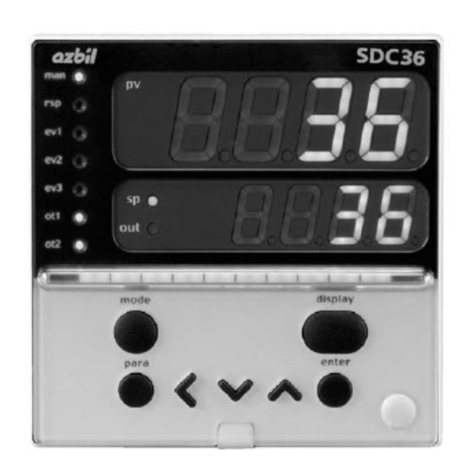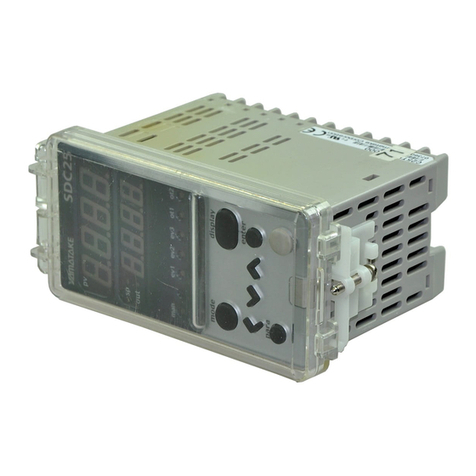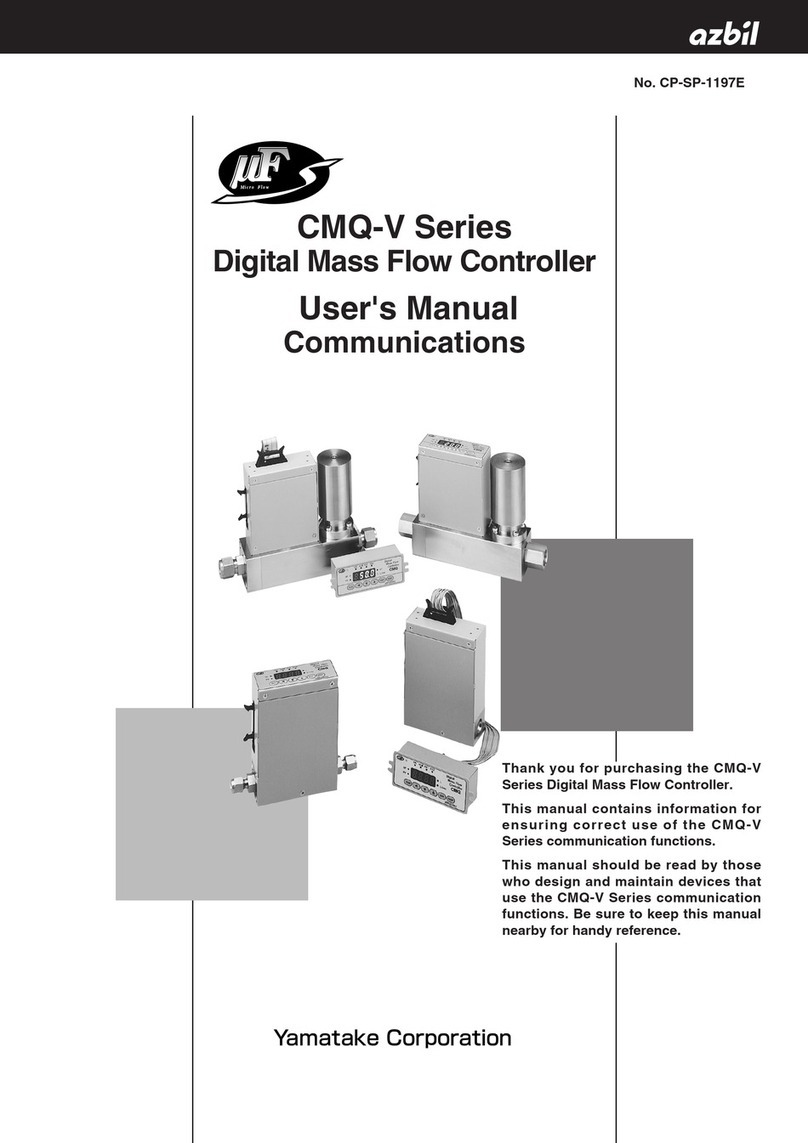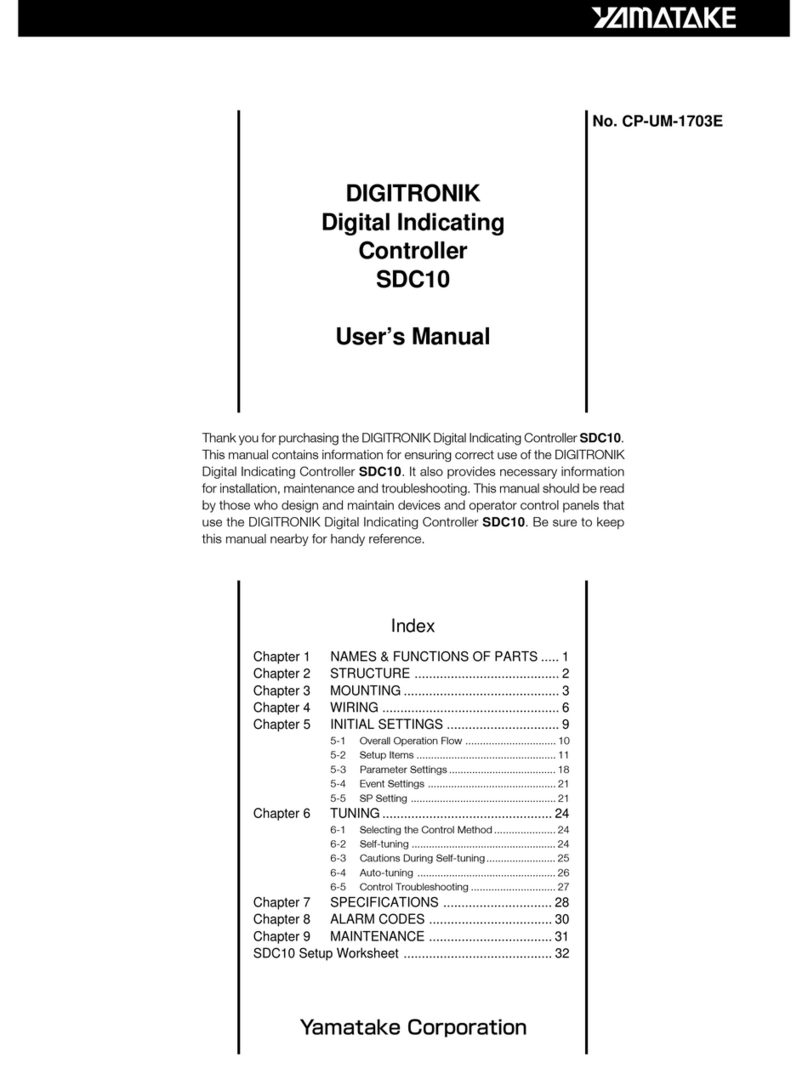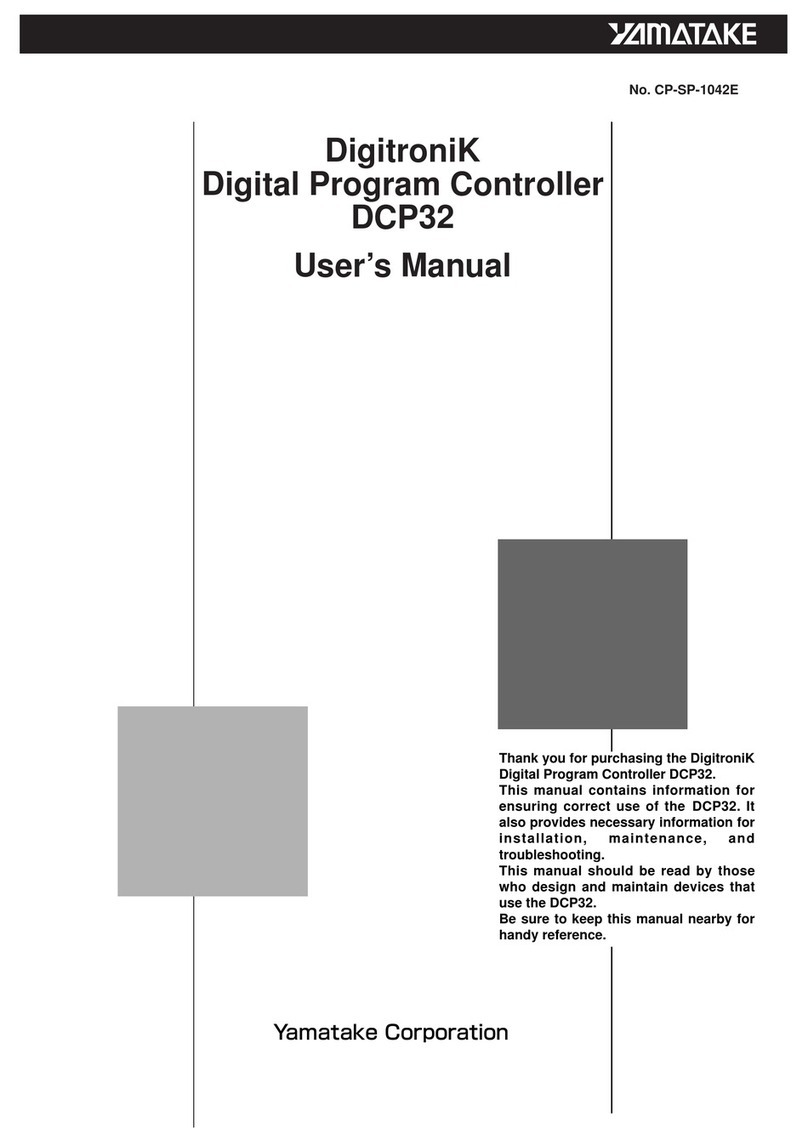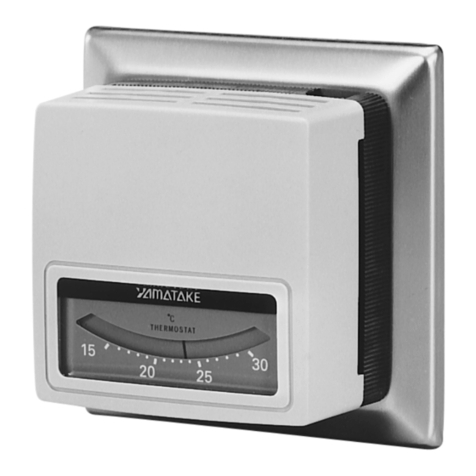iii
WARNING
After the pilot turndown test is completed, turn the power switch OFF to
turn the power OFF. Be sure to restore all test jumper leads, limit
switches and control settings used in the test to their original settings.
If this control is operated without these components restored, it might
be damaged, or a gas leak or explosion might result.
Do not touch terminal F or the flame detector cable connected to
terminal F. Failure to pay attention to this warning might cause electric
shock. An electric charge remains in the terminal F and the connected
signal cable even after the power is turned OFF.
CAUTION
Make sure that the ultraviolet flame detector cannot detect UV rays
emitted by sources other than the burner. If the ultraviolet flame
detector responds to other UV sources, it will judge that there is a flame
even if the burner flame is out. As a result, fuel will continue to be
supplied, causing a very serious explosion hazard.
This control has extremely important functions for safe operation of
equipment. Follow the instructions in the user’s manuals to ensure safe
use.
Do not transport this control while it is mounted on a DIN rail. Before
transporting the control, remove it from the subbase and pack it in its
original packing case. If this control is transported on a DIN rail, it
might fall off and be damaged.
Mounting, wiring, maintenance, inspection and adjustment should be
carried out by a specialist who has been trained in how to handle
burners and combustion safeguard equipment.
Do not mount this control in the following locations:
• Near corrosive chemicals or gases (ammonia, sulfur, chlorine,
ethylene compounds, acid, etc.)
• Where subject to water spray or extreme humidity
• Where subject to high temperatures
• Where subject to continuous vibration for a long time
After wiring, be sure to check the wiring connections. Operating this
control with wires wrongly connected might cause damage or
malfunction.
